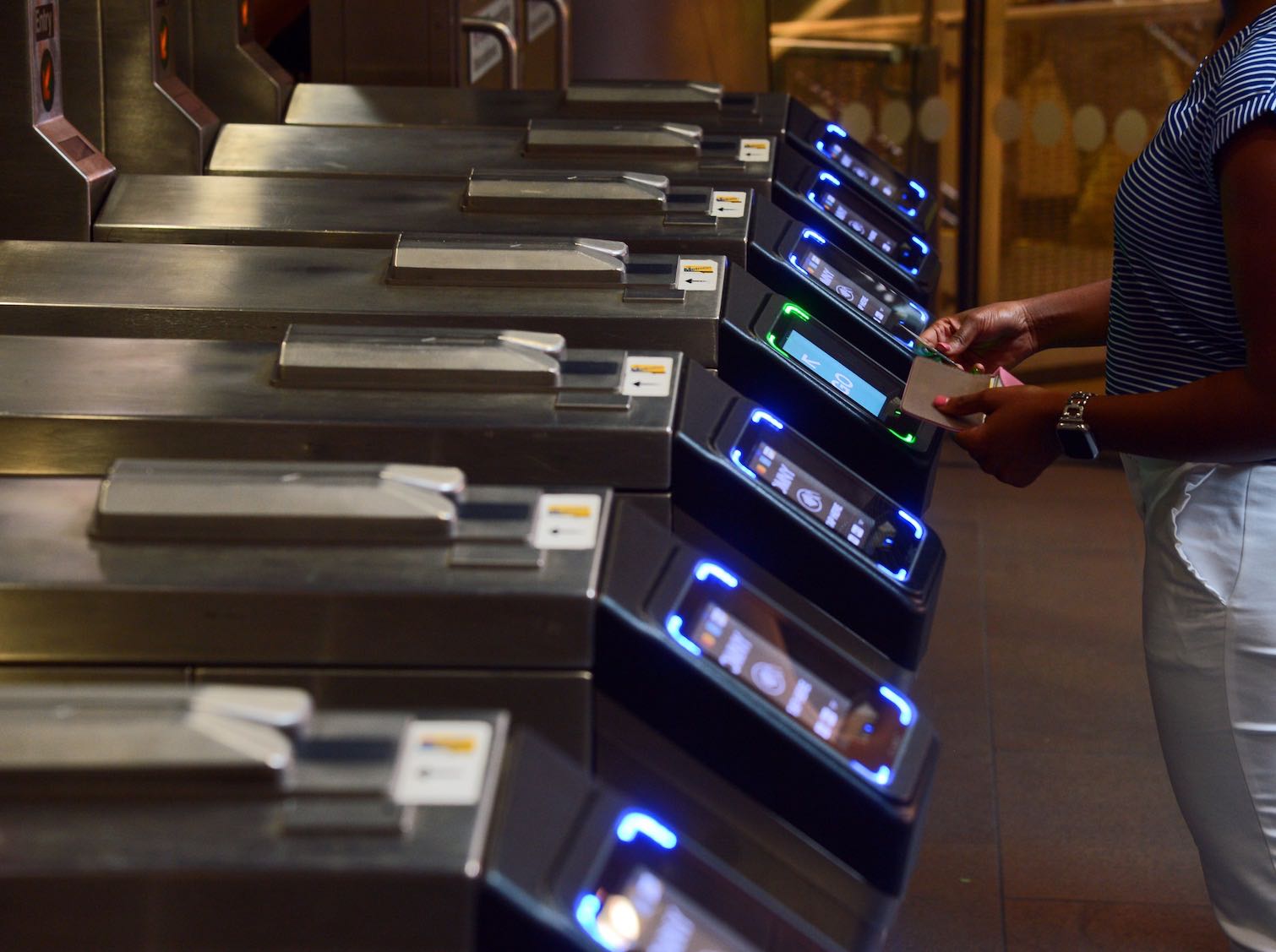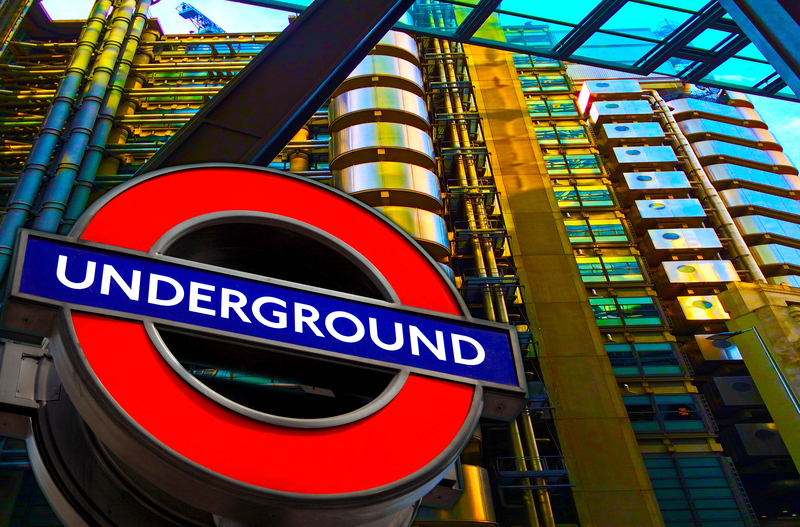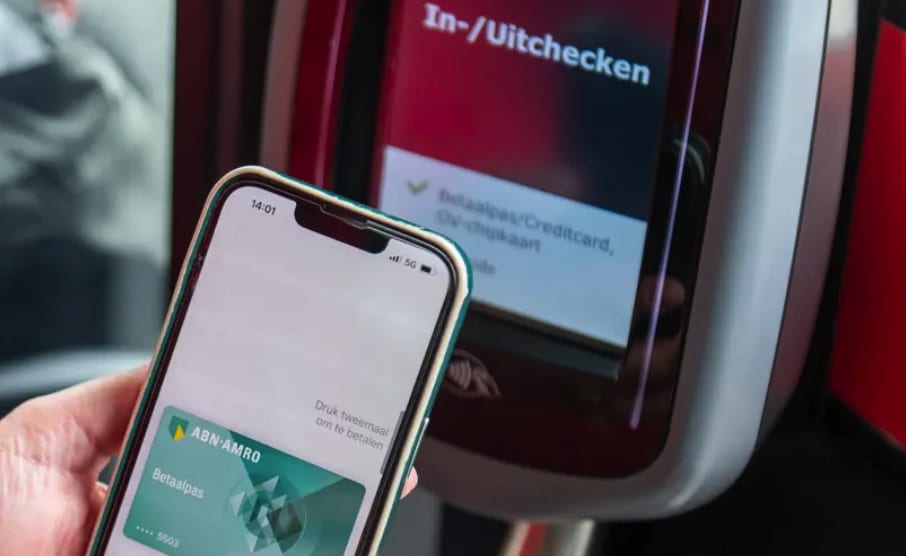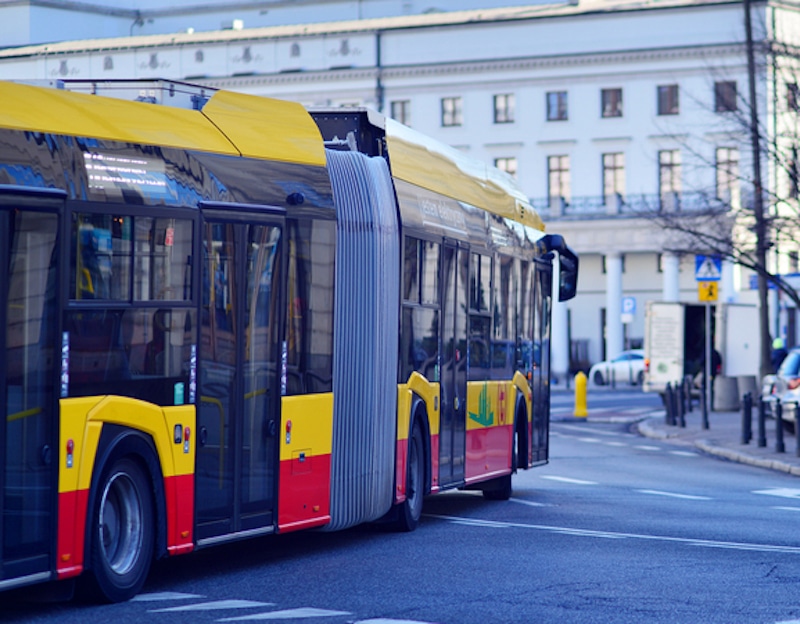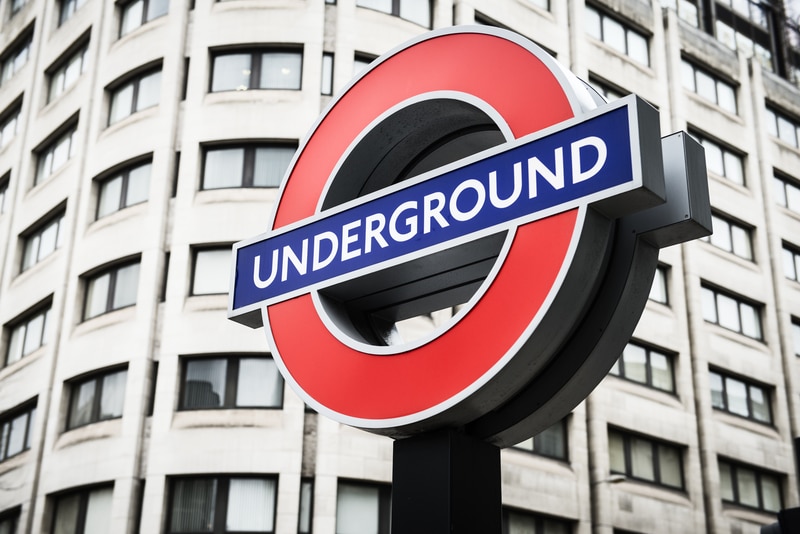
Mohana Antonmeryl
Article Highlights
Key Takeaway:
An in-depth look at how Transport for London achieved its low cost of fare collection.
Key Data:
• Chart: Transport for London’s Fare Revenue Collection Costs
• Chart: Transport for London’s Fare Payments Methods
Organizations Mentioned:
• TfL (London)
• Cubic
Backers of open-loop payments routinely promise that transit agencies can save substantially on their fare-collection costs by rolling out open-loop payments. But the amount agencies can cut from their ticketing budgets has proved difficult to pin down.








